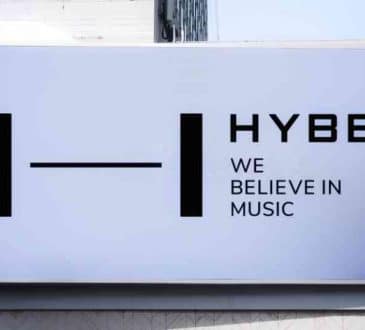Concept Tests And How To Approach Them

The concept test is a wonderful discovery in the field of education. The modern approach to teaching suggests that while exams and evaluation of the student’s learning performance are vital, they should not exclude the opportunity someone has to continue to learn. In other words, when the learners take exams, they keep on learning at the same time. Some students with a good awareness of their goals and are more self-confident perceive exams as a continuation of their studies. They do not feel anxious when they sit to solve mathematical problems or answer all of the questions their professors want them to answer. They only feel that they are still home studying, and the problem they have to resolve can be approached with no stress since no one is waiting to judge them. Today we will see how concept tests are used and how they work in particular.
Applying concept tests in the classroom
Concept tests give fresh air to the evaluation process and attempt to approach exams more smoothly. Besides, they do not follow the path of traditional exams. They are way more informal and usually implemented at the beginning of the lesson to see if the students have done their home studying. This allows the professor to check if everyone is on the same page before they start the lecture. The other scenario is that the test will come out in the middle of the lesson to confirm the students’ attention to the lecture and the professor’s ability to explain complex concepts. This way, teachers can improve themselves and discover their weaknesses to help young learners in the future. Finally, in some cases, students answer the questions of the tests separately. Then they are invited to double-cross their answers with other students creating small groups of two or a maximum of three people. The fact that they work alone in the beginning, is crucial because it invites them to base their results on their own efforts. However, once they talk about the answers with other individuals, they can have a better understanding of the problem they are asked to resolve. This allows them to explore other paths and different ideas for the approach of the tests.
Fundamental approaches
Concept tests are usually based on three pillars. One possibility is to challenge students to become ”scientifical fortune-tellers.” The idea is that students will have to guess the turn of events after some conditions of a particular problem change. This technique is quite popular because students get to analyze the question from an impartial point of view.
The other case is to ask which of the tools that they have gained in the lesson should be used to predict the answer. This is a more straightforward approach since students are not asked to find a solution or give a final answer. However, they are expected to have a basic understanding of the objectives that have been presented. This is quite useful since it helps students learn during the test because it breaks the tasks into pieces allowing them to discover the path that will lead to the answer instead of guessing the answer itself.
Finally, the test can take a more practical form and ask the learners to prove their knowledge without developing a critical way of thinking and making things more complicated. For instance, in mathematics, they may be asked to solve an equation; in the history lesson, they may be asked to answer directly when a particular historical event occurred. This style does not demand deep thinking on the professor’s behalf. Still, it does help both parties to stay engaged with the learning process and maintain their interest in the lesson.
All in all, teachers have the freedom to create the tests depending on their expectations sharing questions like: ”Which is your opinion about these events?” or ”Which equation or law will we have to implement to solve this problem?” They go back and forth between critical thinking and practical knowledge to include all of the information that has been given in the lecture that points out the gist of the lesson.
Have you read?
Why do so many women get fouled in the game of work by Anneli Blundell.
Venture Studios and The Healthcare Start-Up Industry: A Match Made in Heaven by Dr. Erik Reis.
How to Lead in Today’s Business Environment by Dr. Wanda T. Wallace.
3 Things We Learned About Crisis Management from the Collapse of SVB by Stephanie Craig.
One Night in Paris and Who I am Today by Jay Sidhu.
Add CEOWORLD magazine to your Google News feed.
Follow CEOWORLD magazine headlines on: Google News, LinkedIn, Twitter, and Facebook.
Copyright 2024 The CEOWORLD magazine. All rights reserved. This material (and any extract from it) must not be copied, redistributed or placed on any website, without CEOWORLD magazine' prior written consent. For media queries, please contact: info@ceoworld.biz








